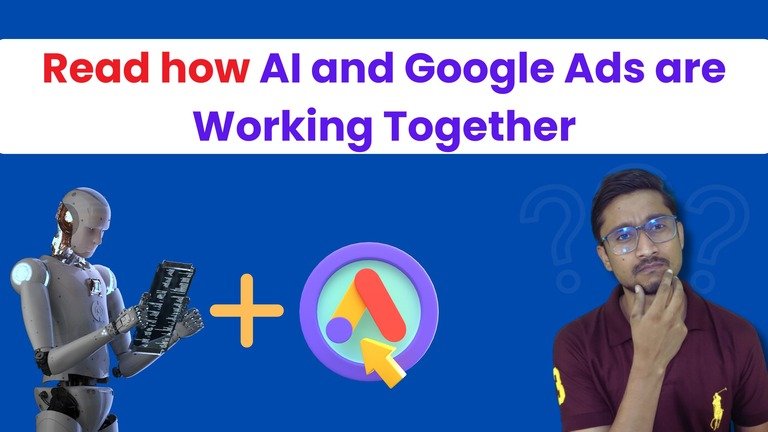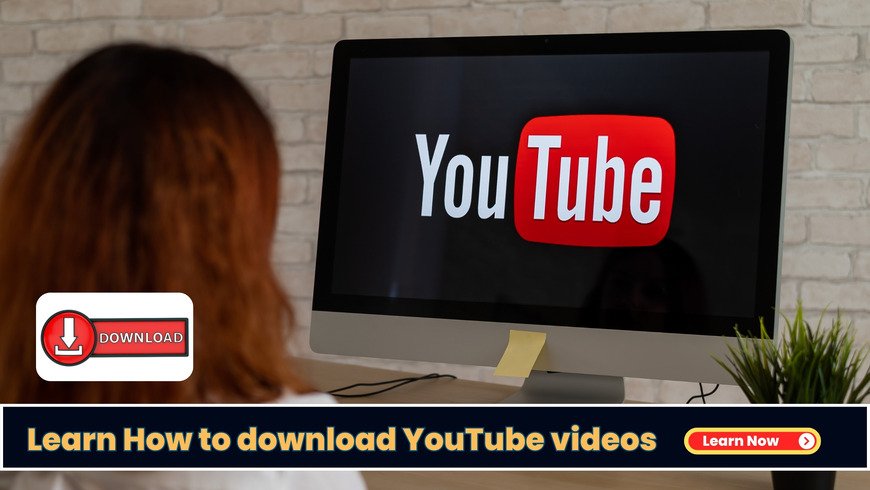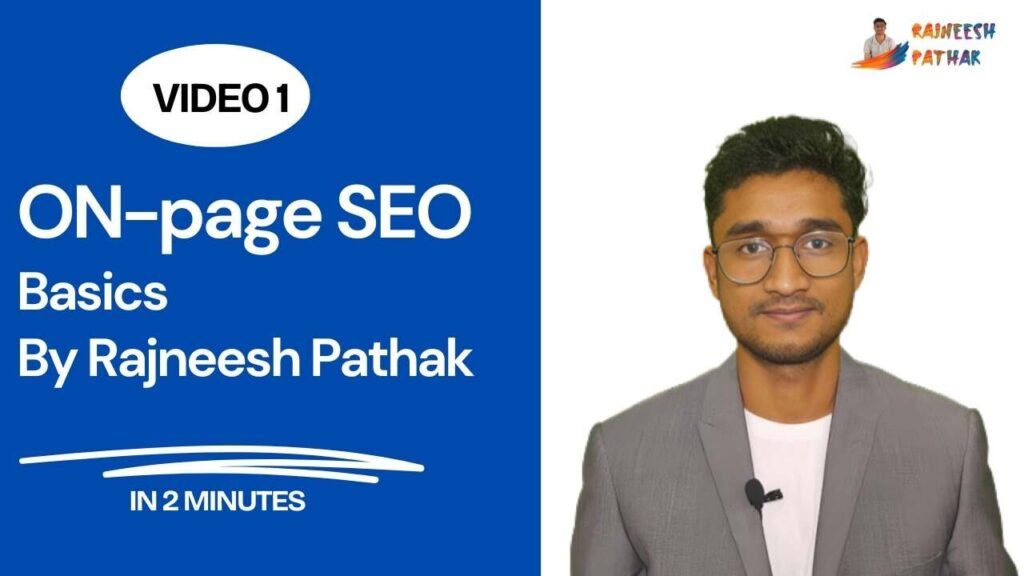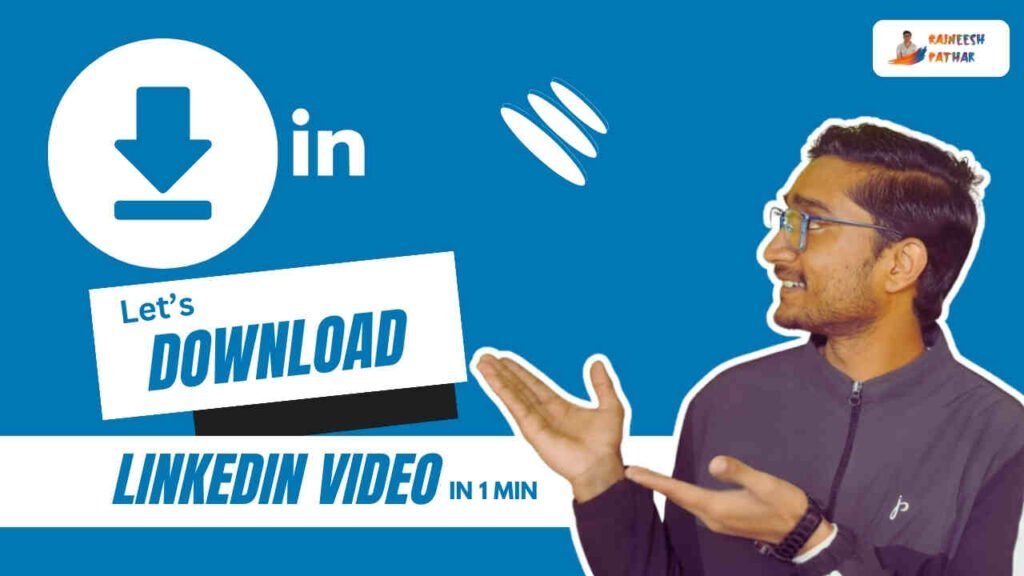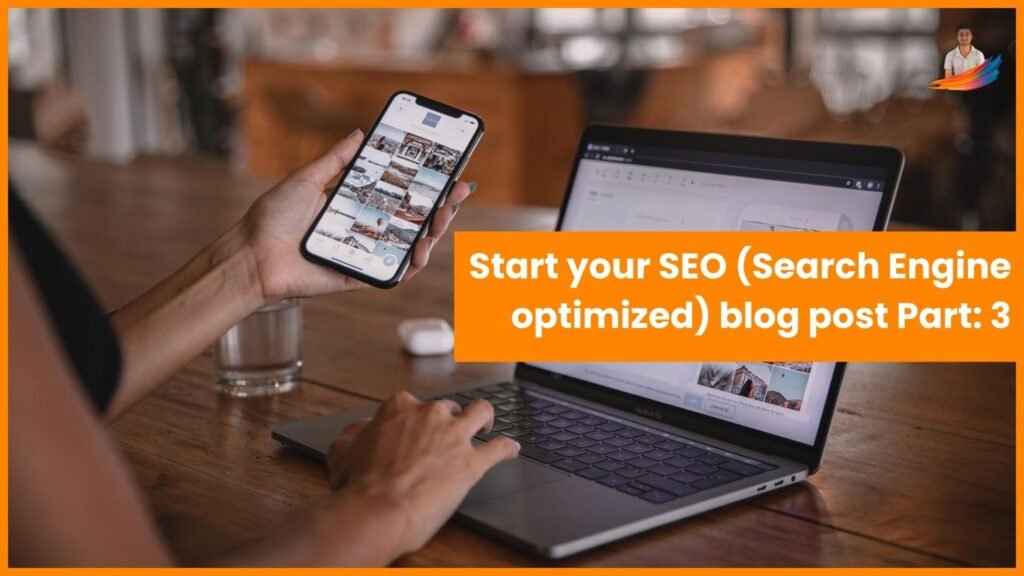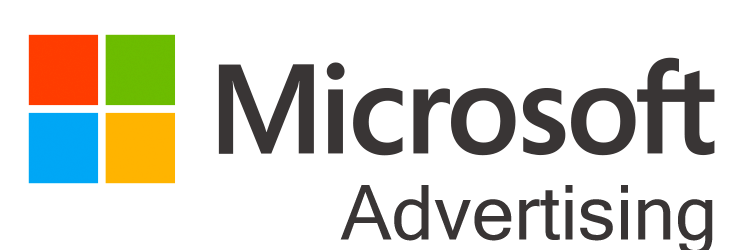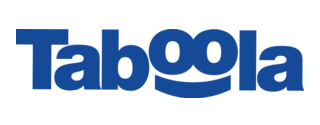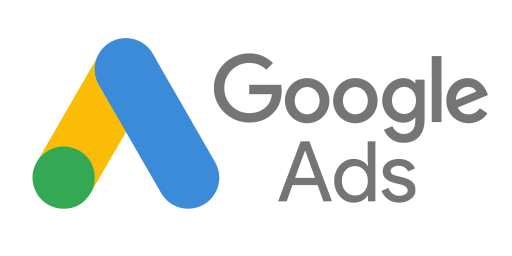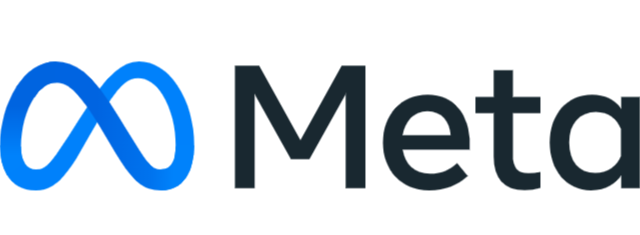On Page SEO in 2024- Learn how to do It in 10 steps
In the ever-evolving landscape of digital marketing, staying ahead of the curve is essential to maintaining a competitive edge. Search Engine Optimization (SEO) remains a cornerstone of online visibility and organic traffic generation, with On Page SEO playing a pivotal role in optimizing individual web pages for improved search engine rankings. As we navigate through 2024, it’s crucial for digital marketers to understand the latest trends, strategies, and best practices in On-Page SEO to maximize their online presence and drive meaningful results. In this comprehensive guide, we’ll explore the updated principles and techniques of On-Page SEO, providing actionable insights for digital marketers looking to enhance their SEO efforts in 2024.
Understanding On Page SEO
Any kind of changes that you make on your webpage is called on-page SEO. It could be elements of your website, Like images, Tags, meta tags, Meta descriptions, webpage headings, HTML tags, Meta titles, and webpage URLs.
Understanding on-page SEO means delving into the fundamentals of On-Page SEO, covering its definition, significance, and key components. Readers will gain a clear understanding of how On-Page SEO differs from Off-Page SEO and why it’s essential for achieving higher search engine rankings and attracting relevant organic traffic.
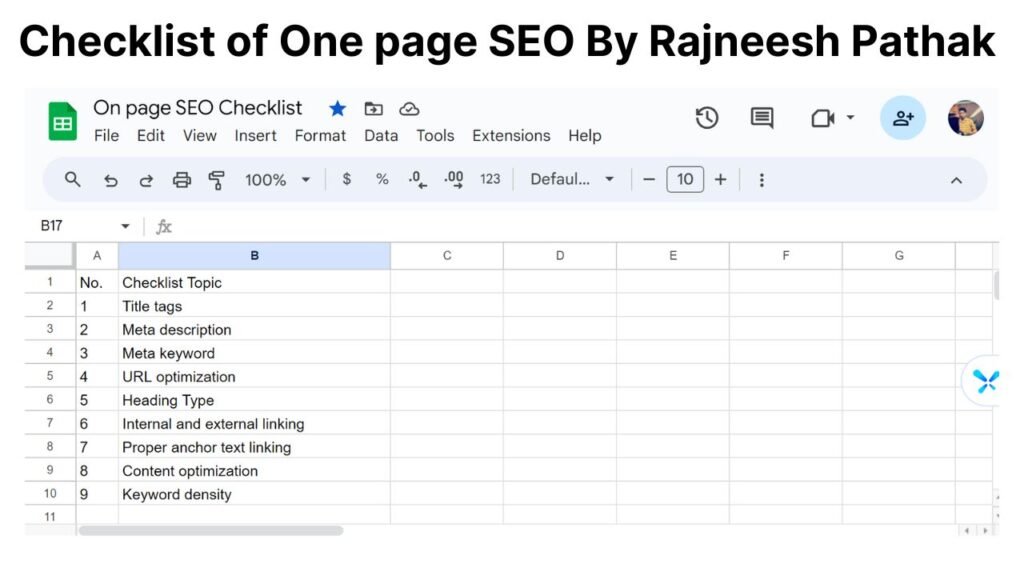
Content Optimization
Content optimization for SEO involves meticulously refining the textual content, images, and multimedia elements present on a website to enhance its visibility and relevance to search engines. This process entails creating compelling and informative content tailored to resonate with the target audience while strategically integrating pertinent keywords and phrases. Here are some examples of content that can be optimized include: Blog posts
- Articles
- Product descriptions
- Infographics
- Images
- Videos
- Landing pages
For instance, a blog post focusing on healthy eating might incorporate keywords such as “nutrient-rich recipes” and “balanced dietary choices” to attract users seeking such information, to make your page rank higher in SERP
Title tags and meta descriptions are vital elements of on-page SEO, playing a crucial role in improving a website’s visibility and click-through rates in search engine results pages (SERPs). Title tags, displayed as the clickable headline in search results, should be concise, descriptive, and include relevant keywords. Meta descriptions, the brief summaries beneath the title tags, provide users with a preview of the page’s content. Crafting compelling meta descriptions that accurately reflect the page’s content and entice users to click through is essential. For example, a title tag for a healthy recipe blog post could be “Delicious and Nutritious Quinoa Salad Recipe,” with a meta description like “Discover a tasty and wholesome quinoa salad recipe packed with fresh vegetables and protein-rich ingredients.
Note: – these are 7 tips for title and meta description
- Focus Keyword at the Beginning of the SEO Title
- Sentiment in a Title
- Use of Power Word in Title
- Page titles should be around 580 pixels in length.
- Always add the primary focus Keyword in the Meta Description
- The meta description should be 920 pixels long you can check it on to the web

Advanced URL structure optimization is a crucial aspect of on-page SEO, focusing on crafting clean, descriptive URLs that enhance user experience and signal relevance to search engines. A well-optimized URL should be concise, easy to read, and include relevant keywords that accurately reflect the content of the page. For example, instead of a generic URL like “https://rajneeshpathak.in/” an optimized URL Rajneesh Pathak blogs- Top 10 blog writers in Lucknow, India could be “https://rajneeshpathak.in/rajneesh-pathak-blogs/” This structured approach not only improves the user’s understanding of the page’s content but also provides search engines with valuable context, ultimately leading to better visibility and rankings in search results.
Heading Tags Optmization
Heading tags optimization in SEO involves strategically using HTML heading tags (H1, H2, H3, etc.) to organize content hierarchy and improve readability for both users and search engines. These tags serve as structural signposts, guiding readers through the content and indicating its importance. By incorporating relevant keywords into heading tags and structuring them logically, websites can enhance their visibility and rankings in search engine results. For example, a blog post about healthy eating might use an H1 tag for the main title “What is On-Page SEO in 2024- Learn how to do It in 10 steps,” followed by H2 tags for subsections like “Understanding On-Page SEO ” and “Content Optimization” This optimized structure not only improves user experience but also signals to search engines the key topics covered in the content.
Image Optimization
Image optimization in SEO involves optimizing various components of images to enhance user experience, improve page load times, and increase visibility in search engine results. This process includes:
- Reducing file sizes to minimize loading times.
- Adding descriptive filenames and alt text to assist search engines in understanding the content of the images.
- Ensuring images are formatted correctly for optimal display across devices.
For example,I am writing this blog on On-page SEO That is why I added an image in this blog “On-Page SEO ” and added alt text that accurately describes the product, such as “This is an image from Rajneesh Pathak on On-Page SEO” This optimization not only improves the user experience but also helps the website rank higher in image search results.
Internal Linking Optmization
This is an example of Internal Linking
Internal linking in SEO involves connecting different pages within the same website through hyperlinks. These links help search engines understand the structure and hierarchy of the site’s content while also distributing link equity throughout the website. By strategically placing internal links, website owners can guide users to relevant content, improve navigation, and enhance the overall user experience. For example, a blog post about On-page SEO may include internal links to related articles on topics like exercise, what is SERP, and What is Meta tag and Meta description. This not only encourages users to explore more content but also signals to search engines the interconnectedness of the website’s pages.
Page Speed Optimization
Page speed optimization in SEO focuses on improving the loading speed of web pages to enhance user experience and boost search engine rankings. Faster loading times lead to lower bounce rates, increased user engagement, and higher conversion rates. This optimization involves various techniques such as minimizing server response times, leveraging browser caching, and optimizing images and CSS files. For example, a website selling clothing may optimize its page speed by compressing images, reducing the size of JavaScript and CSS files, and using content delivery networks (CDNs) to deliver content more efficiently. This ensures that users have a seamless and enjoyable browsing experience, ultimately benefiting the website’s SEO performance.
Mobile-Friendly SEO Strategies
Mobile-friendly SEO strategies involve optimizing websites to provide an optimal experience for users accessing them on mobile devices. This includes implementing responsive design, ensuring fast loading times, and optimizing content for smaller screens and touch interactions. For instance, a mobile-friendly website may use larger font sizes, simplified navigation menus, and clickable buttons to improve usability on smartphones and tablets. Additionally, adopting mobile-first indexing considerations and implementing accelerated mobile pages (AMP) can further enhance the mobile-friendliness of a website. By prioritizing mobile optimization, websites can attract and retain mobile users, leading to improved search engine rankings and increased organic traffic.
Voice Search Optimization
Voice search optimization in SEO involves optimizing websites to better respond to voice-based queries made through virtual assistants like Siri, Alexa, and Google Assistant. This optimization includes targeting long-tail keywords, optimizing content for natural language queries, and securing featured snippets. For example, My website All about Digital marketing and SEO may optimize for voice search by creating content that answers common voice queries, such as “Rajneesh Pathak digital Marketer” By providing concise and relevant answers to voice-based questions, websites can improve their visibility and attract users relying on voice search for information retrieval.
Conclusion: As we wrap up our comprehensive guide to On-Page SEO in 2024, digital marketers have the tools they need to succeed in the ever-changing digital landscape. By staying informed about emerging trends and leveraging advanced optimization techniques, they can drive meaningful results and achieve their business objectives. With dedication and perseverance,
Thank you For reading this blog.

